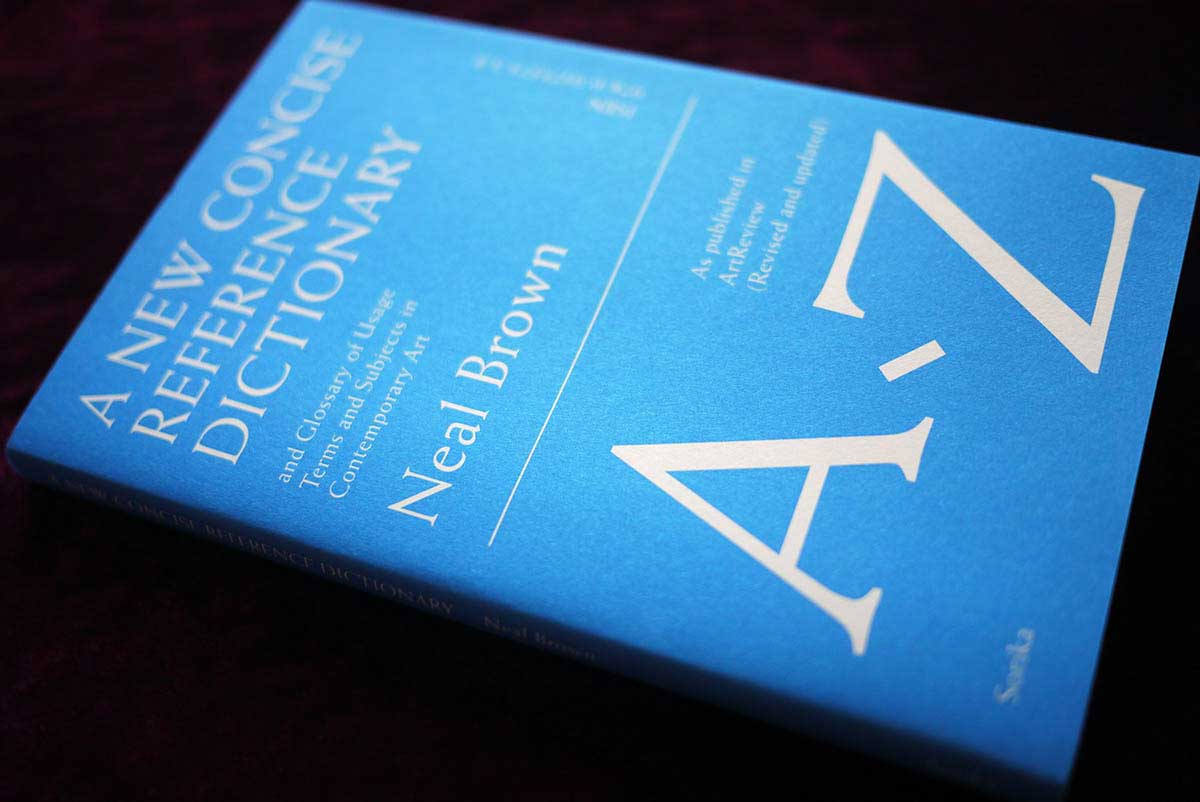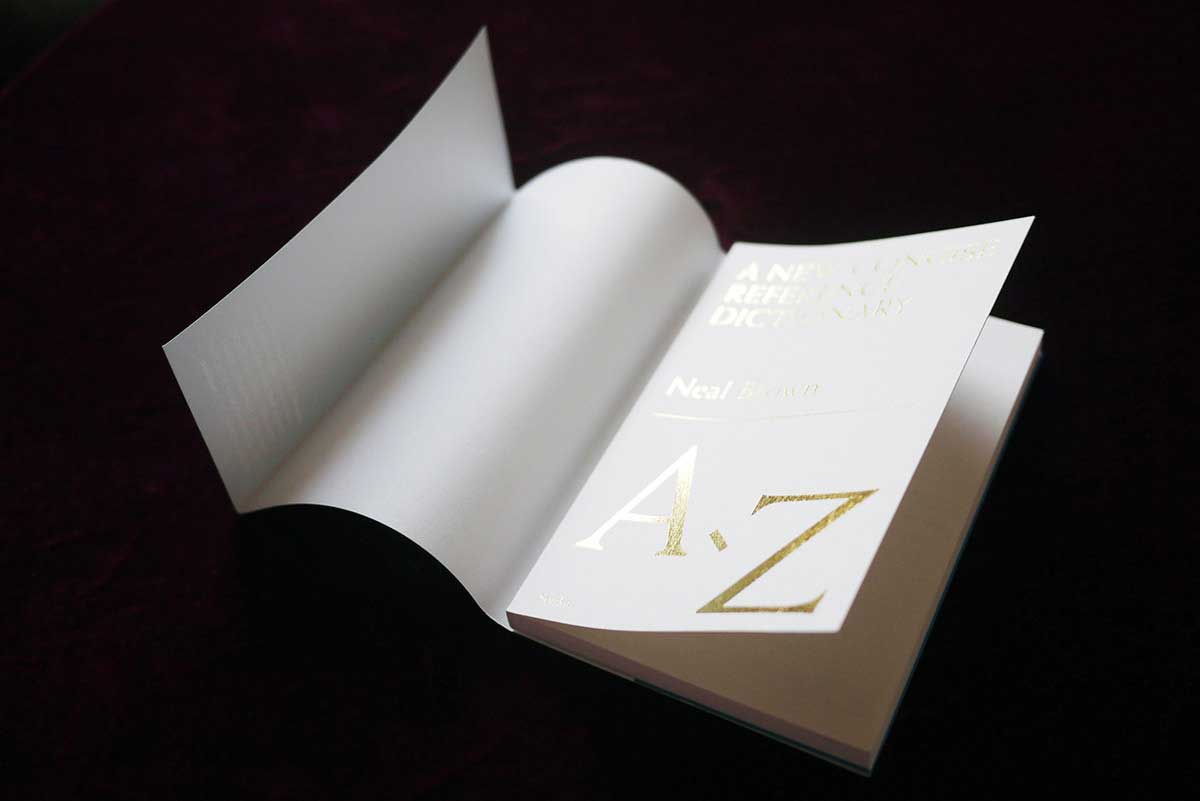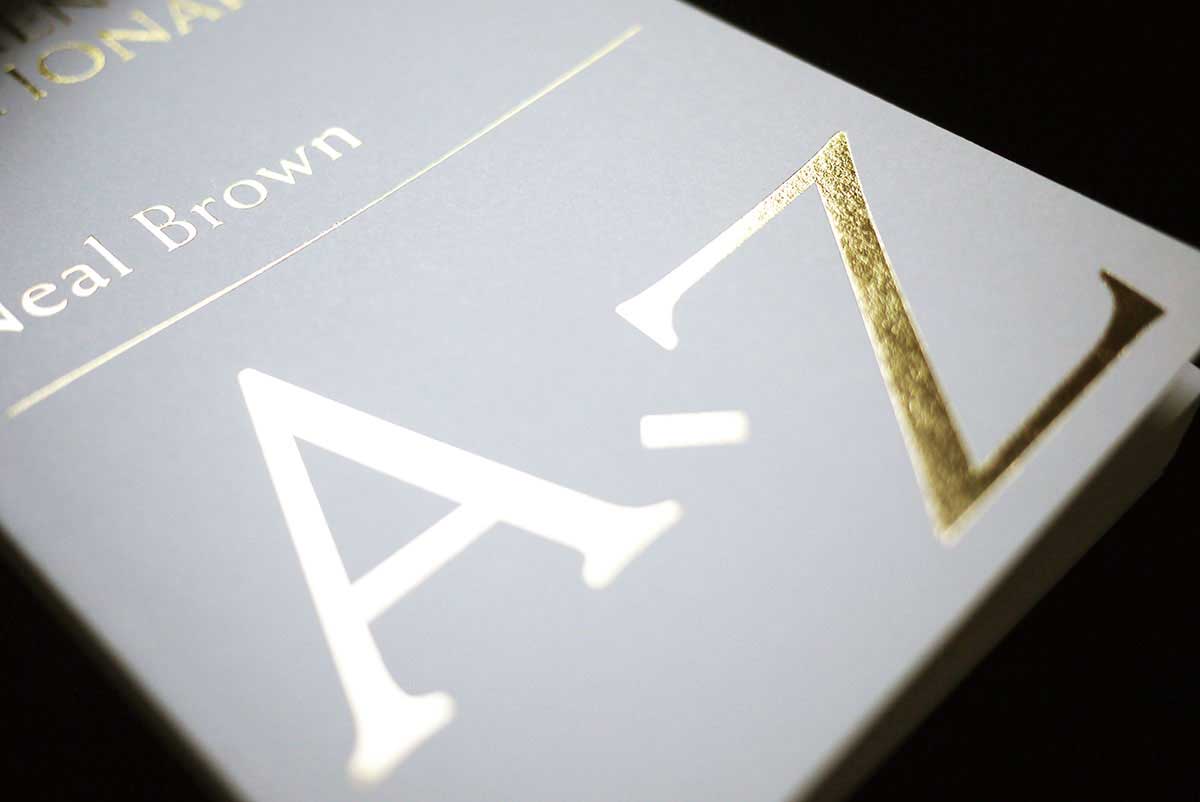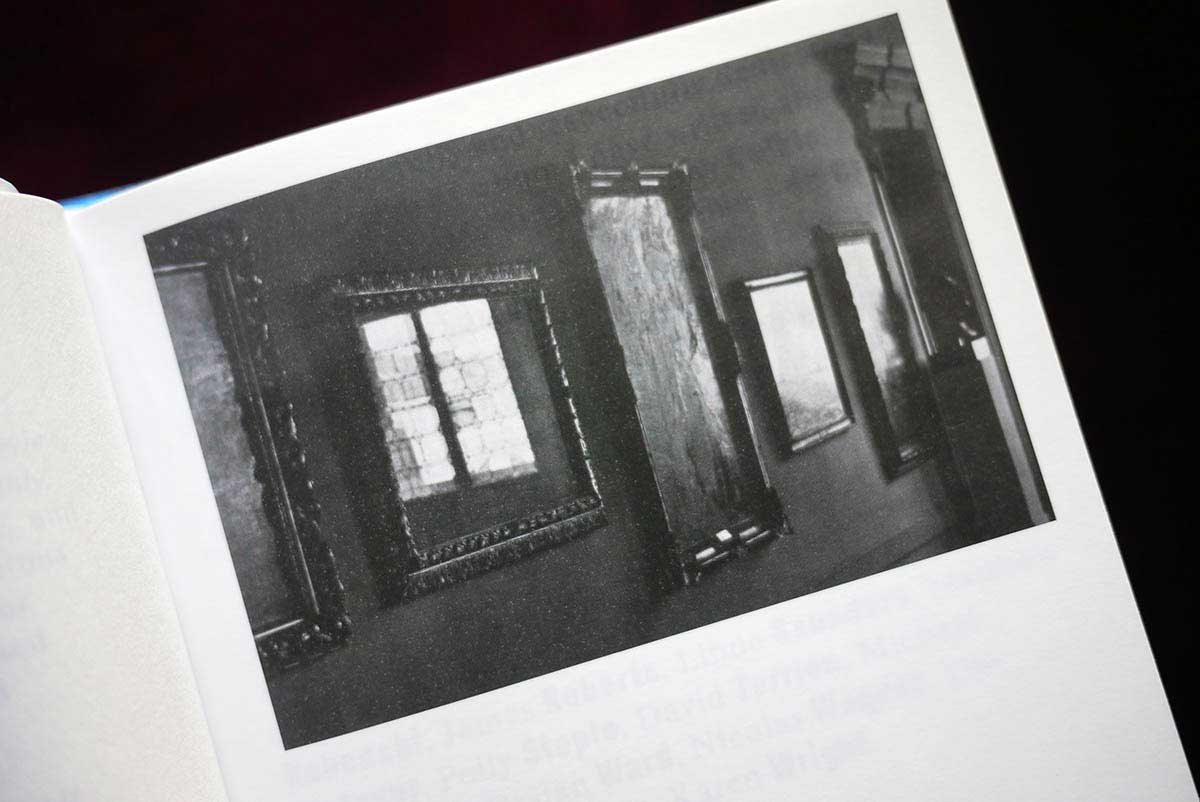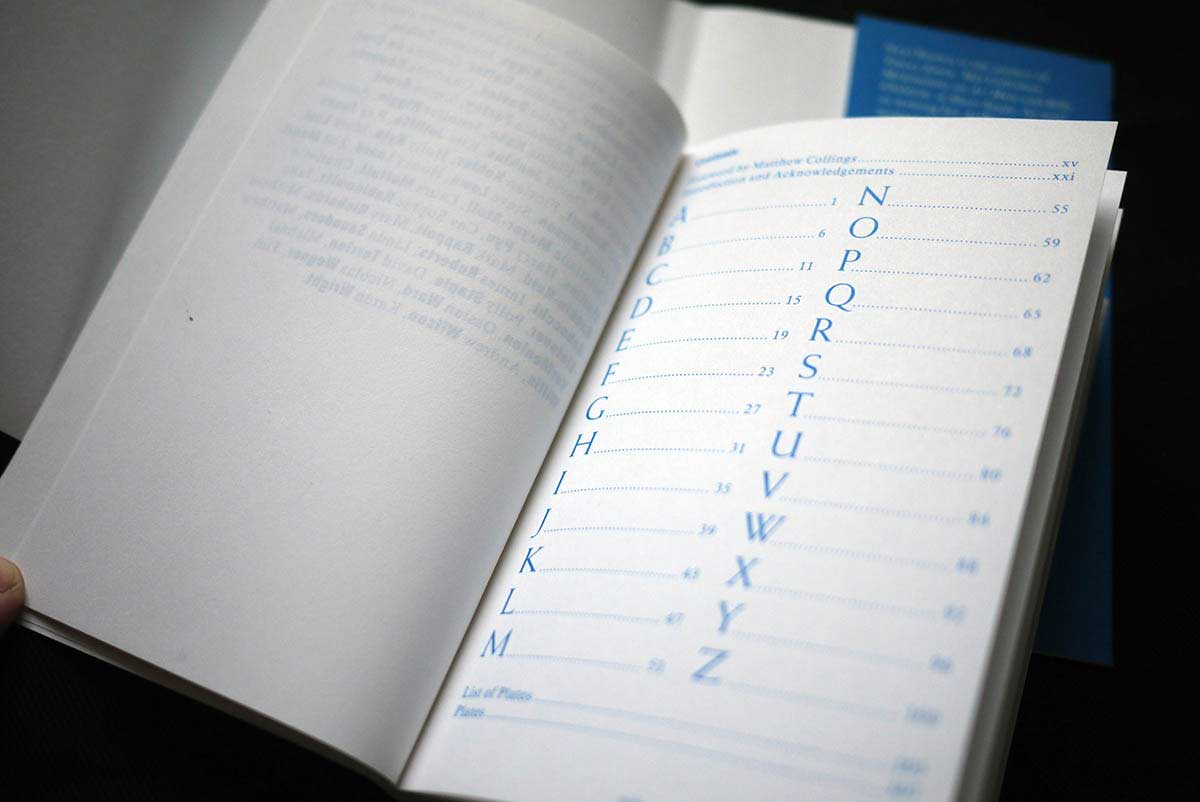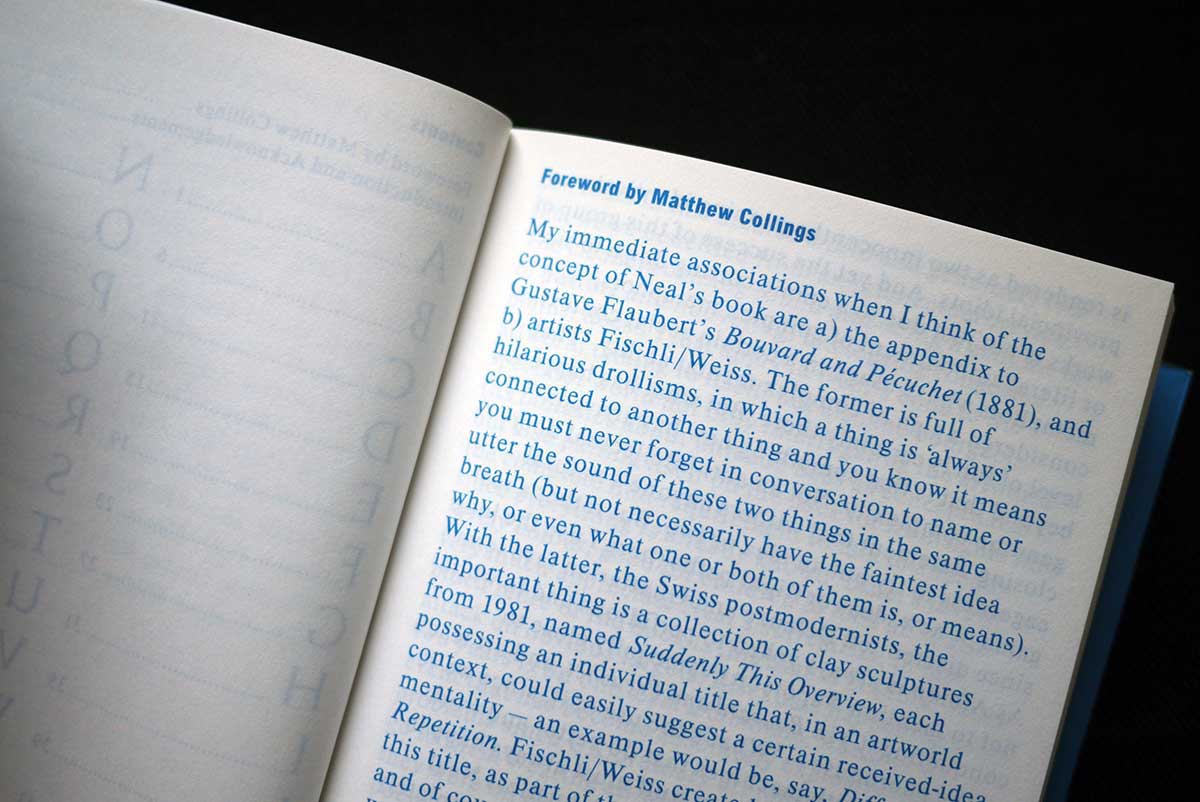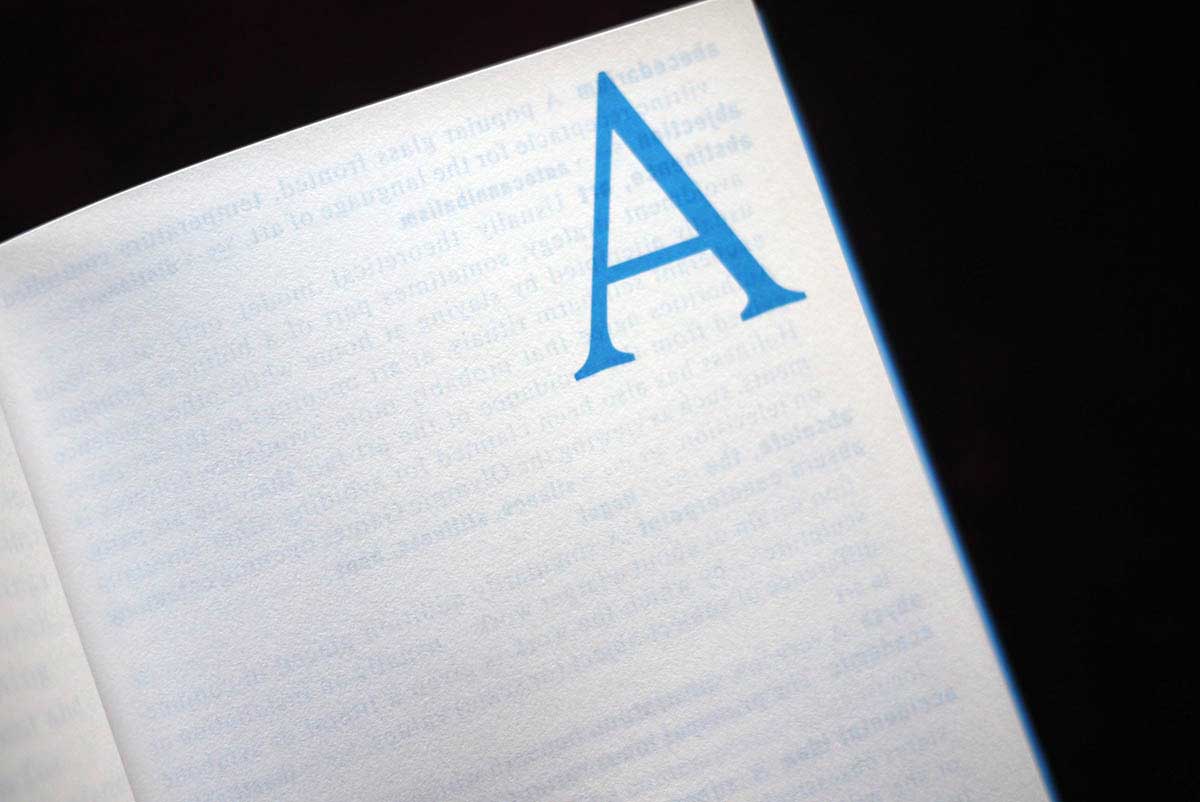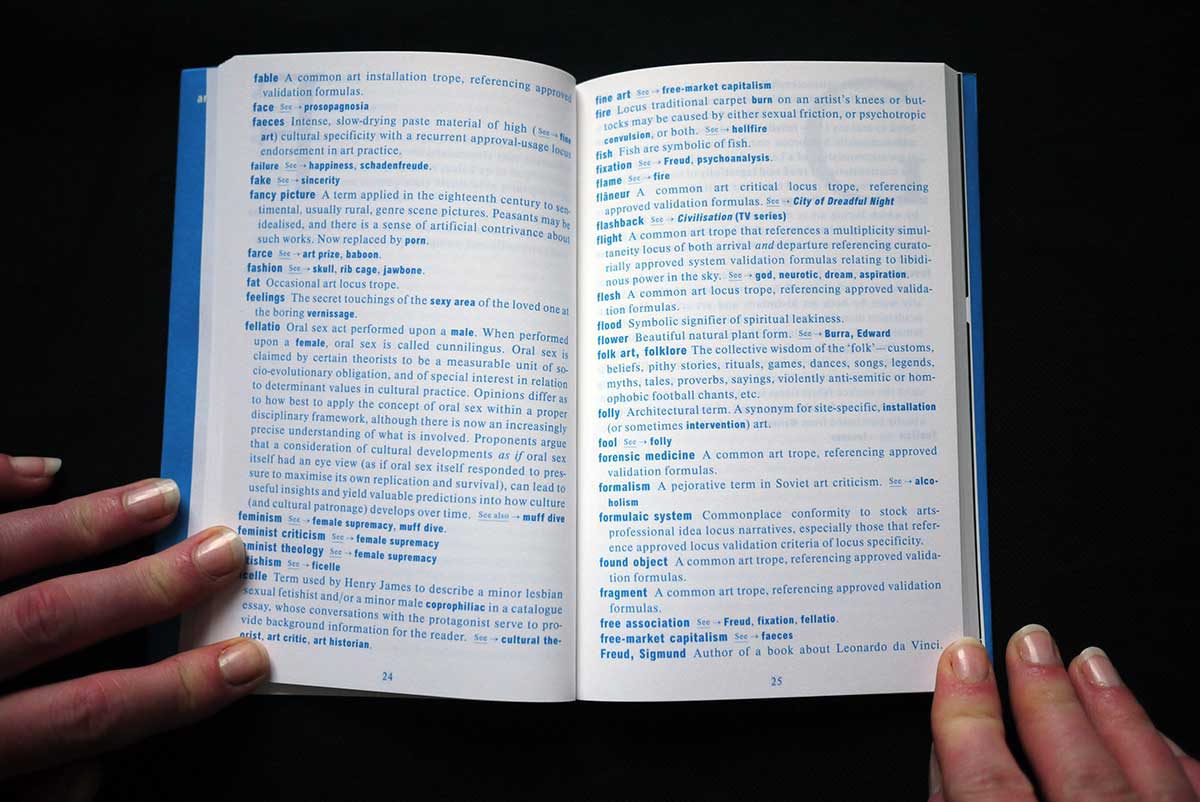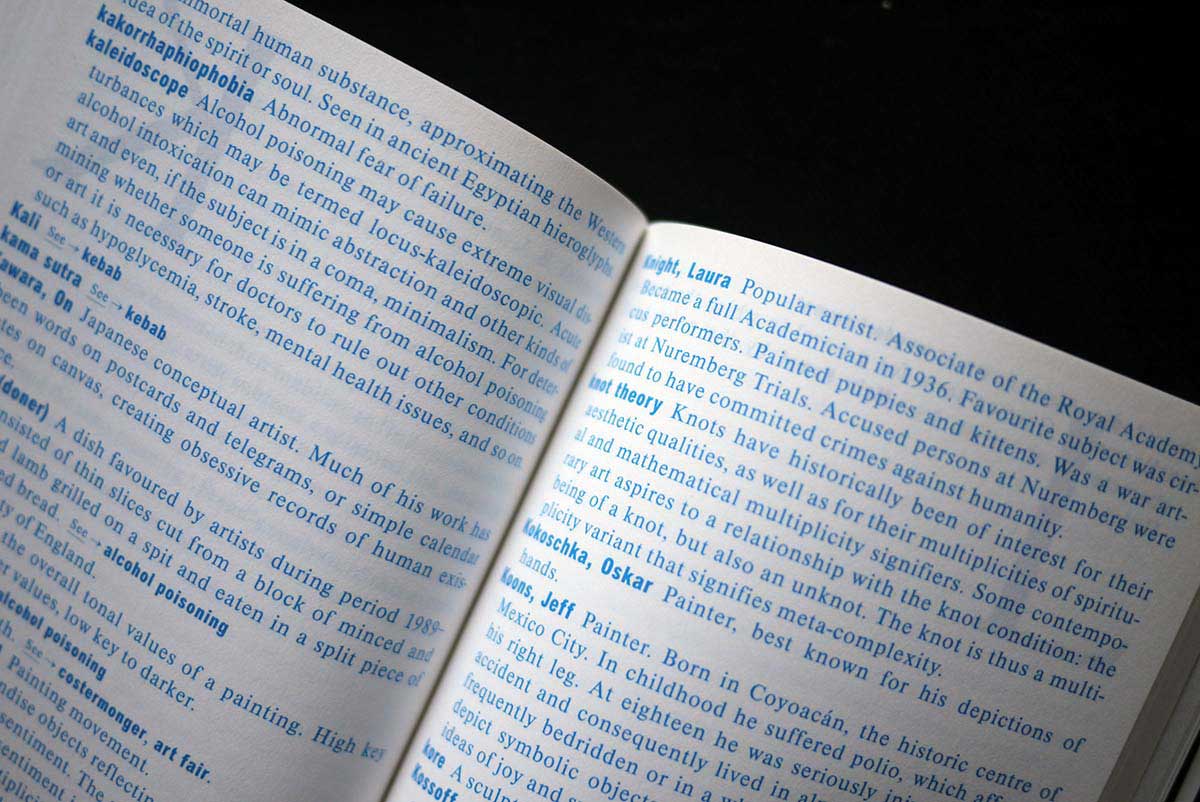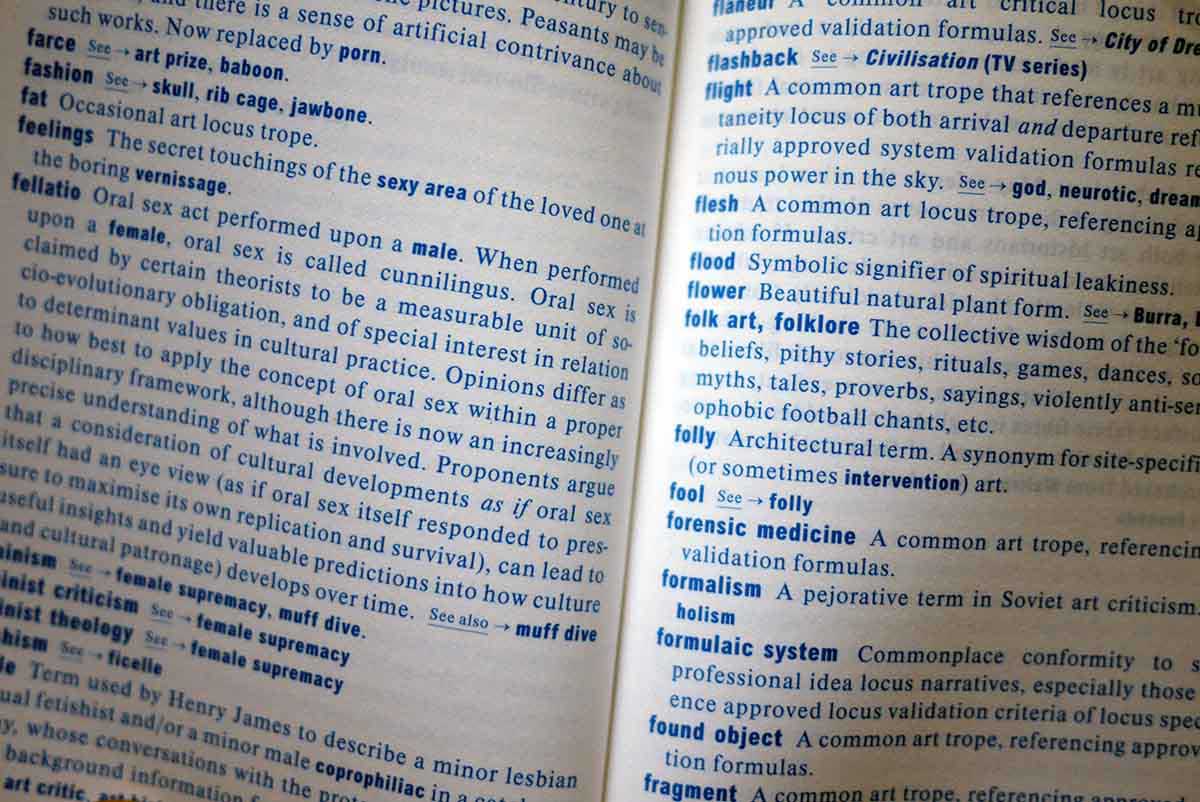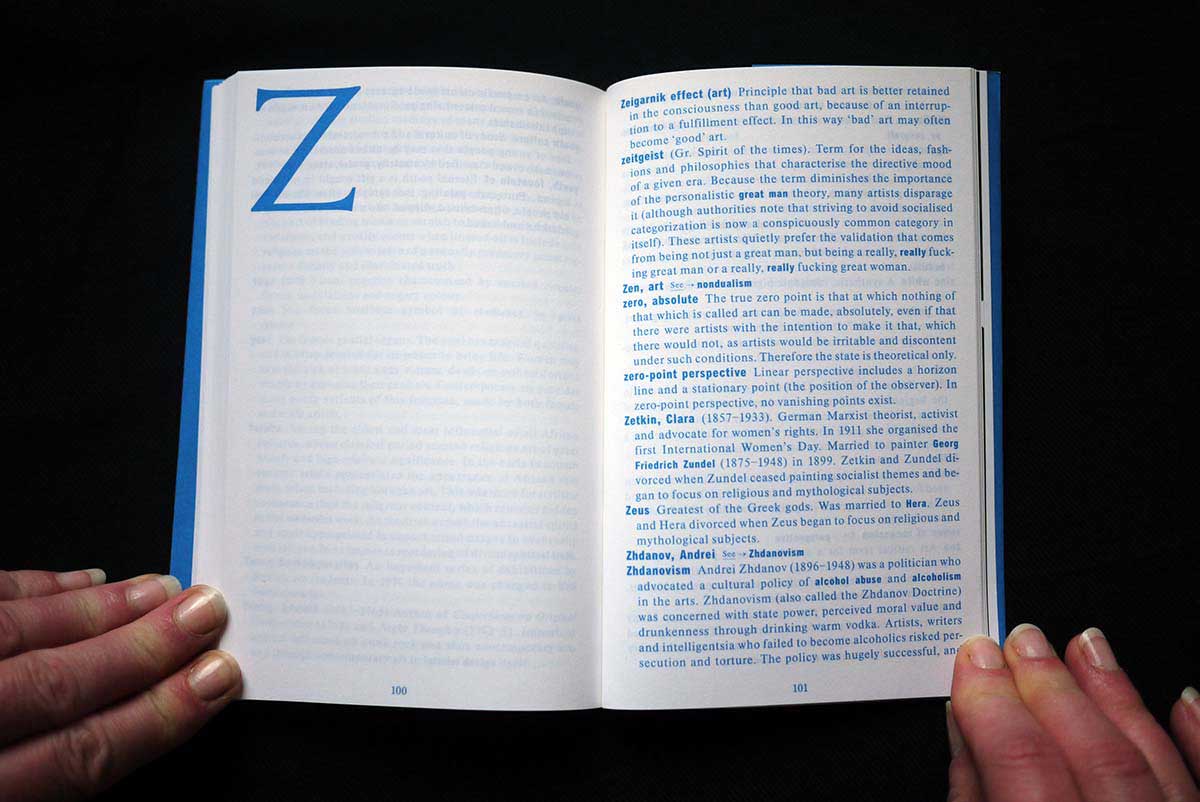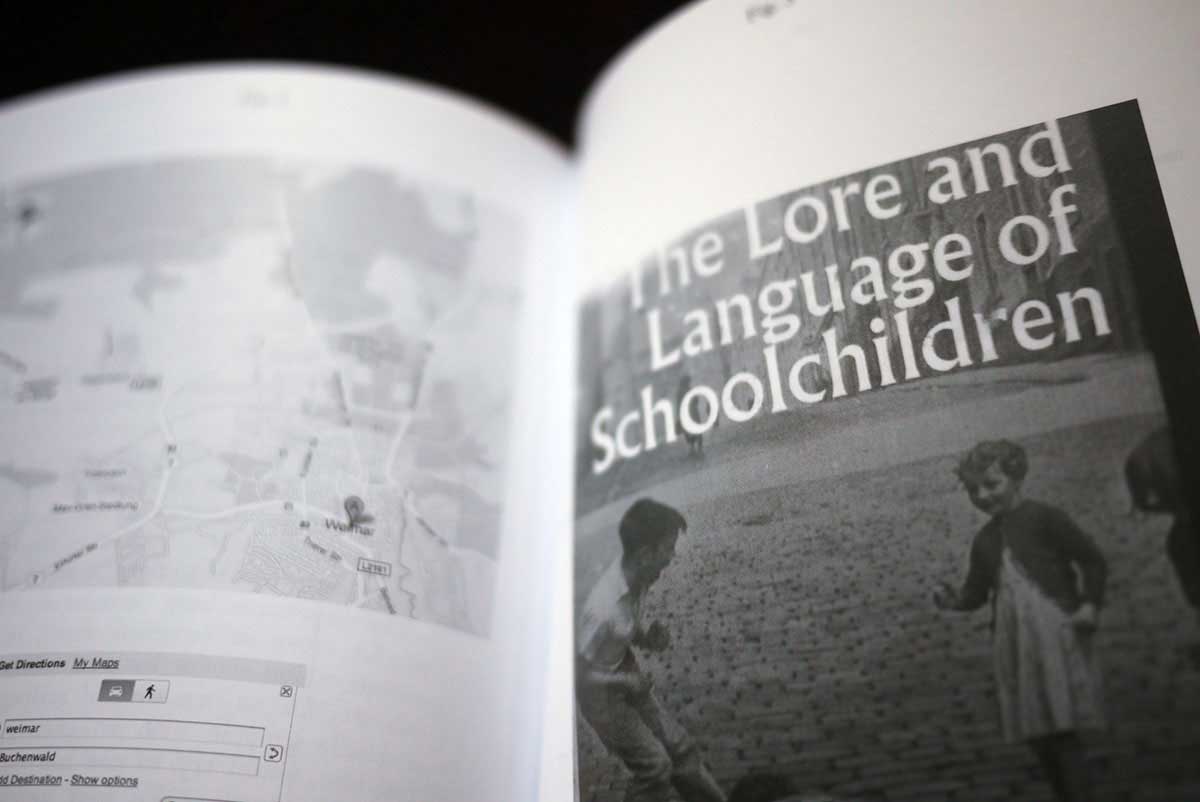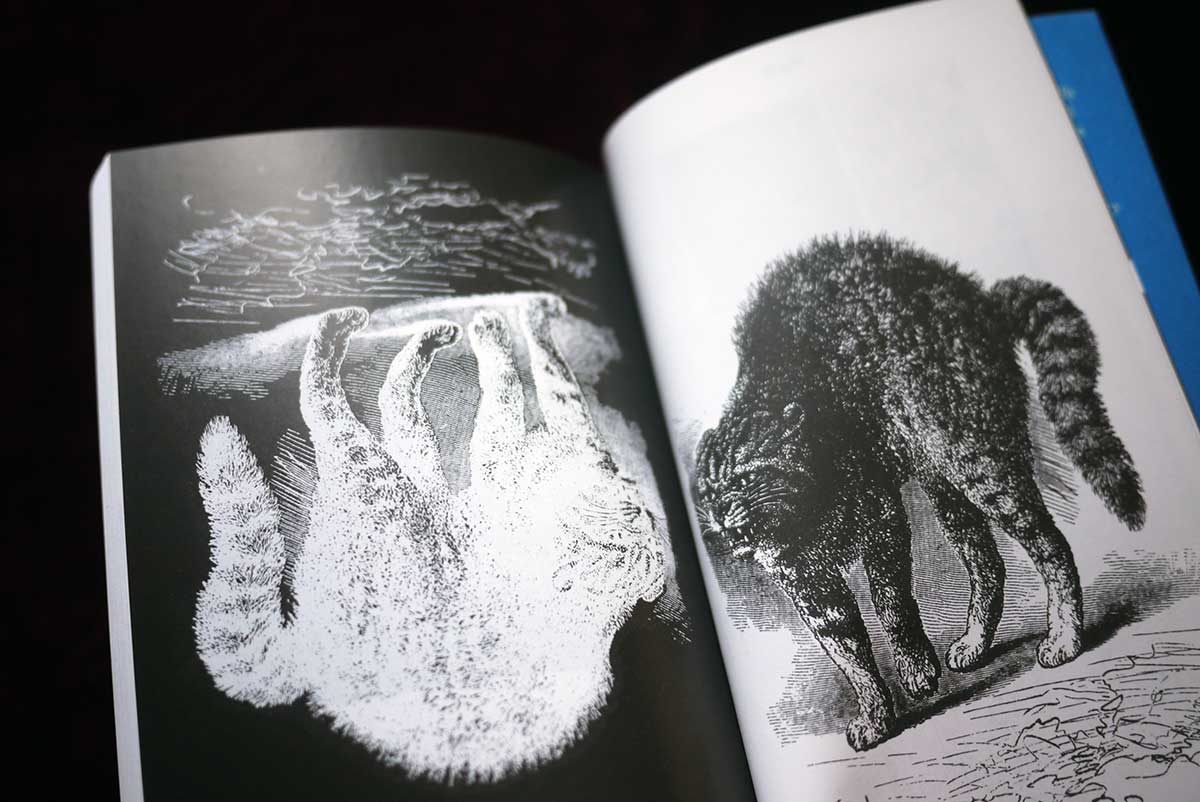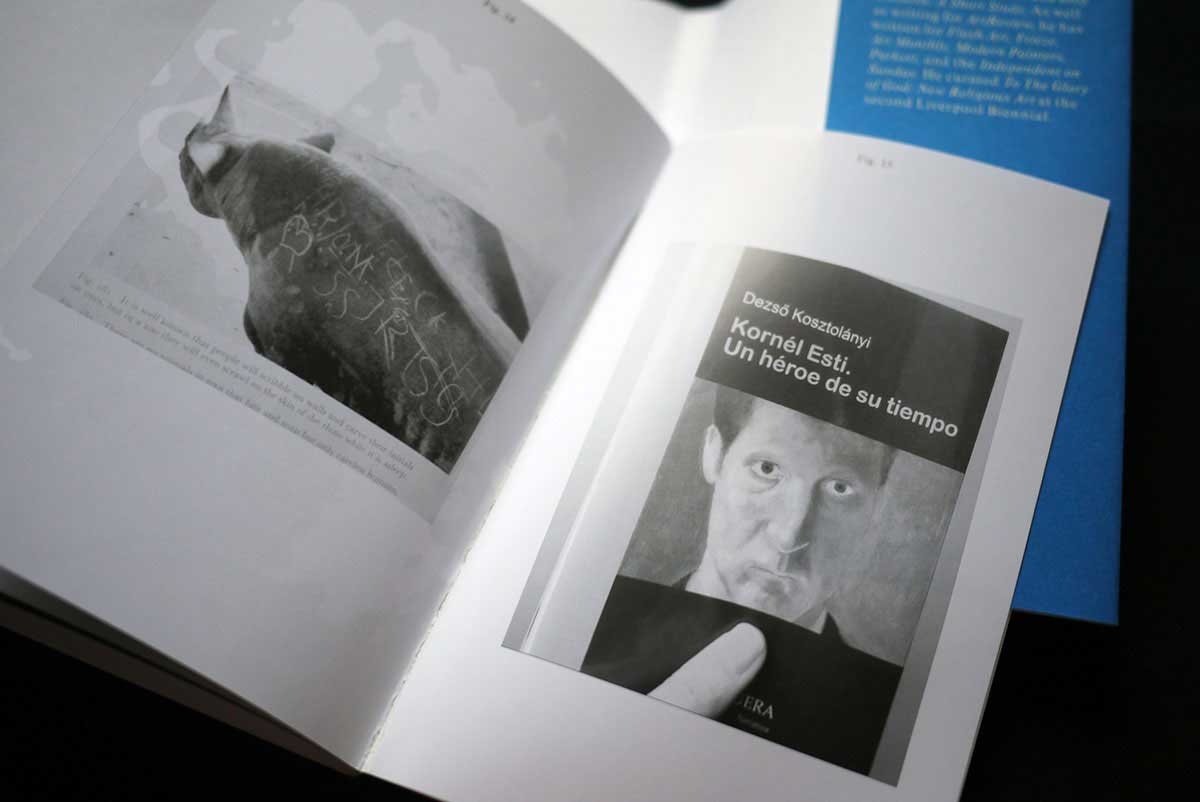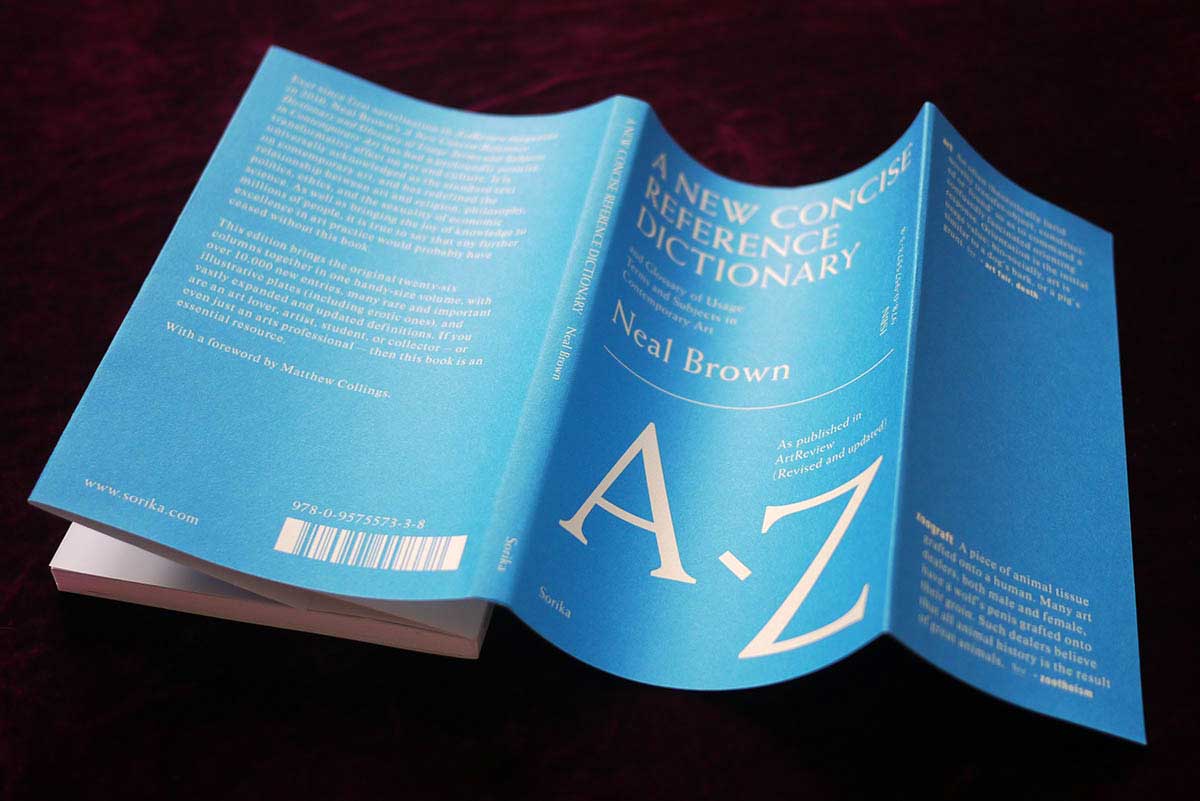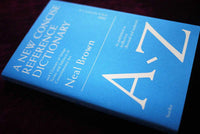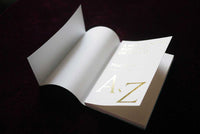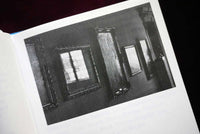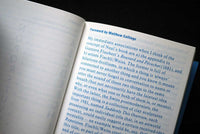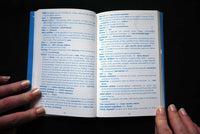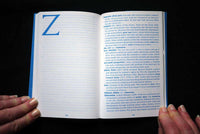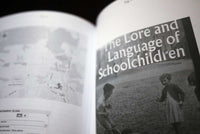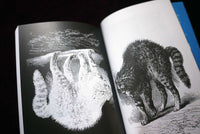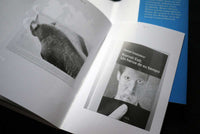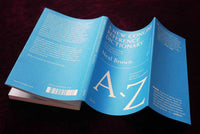Dd
Daedalus Contemporary Greek artist. Known for his skilful creation of a wooden cow in which his patron, Pasiphaë (the wife of a Greek shipping magnate), concealed herself so as to be sexually penetrated by a real bull.
daffodil A beautiful flower with a primal yellow form. Painted by Vincent van Gogh, who also painted irises and sunflowers.
dance See dance of death.
dance of death Many high social functions, held in both state and private art institutions, may be (privately) described by the use of this term.
darkness The absence of light has metaphorical significance in many cultures, and is therefore the means to create a locused emotional discourse in respect of either a metarelational stasis unity or an unbecoming praxis disunity. The showing of artists’ videos in near darkness is a summary process of this index of represence; a locusment of technology redundancy which exists, with teleological significance, for exaggerated theatrical effect only. Thus it is a strident presentational affectation of locus causality with the likelihood of some handbag theft occurring.
Davy’s grey A greenish-grey pigment, made from powdered slate, iron oxide and carbon black. Granular and transparent, it is sometimes difficult to handle because of its tendency to clump.
death Although artists often kill themselves, each other or other people, it remains unusual for them to be actually killed for making bad art. The conclusion to be drawn from this, that art is not actually that important, tends to be an insulting one to artists. Historically artists have gained dignity by being disallowed to practice, and thus perish through loss of livelihood. See cuts.
deconstruction See pun.
delirium See dementia.
dementia See delirium.
demons Evil spirits, or the servants of Satan. See cuts.
demonstrative rhetoric Coded or uncoded signaling imploration behaviours intended to draw attention to the artist being erudite, learned and so cognisant with theory tendencies as to expect reciprocating critical approval responses. See Byzantine, vulgarity, rhetoric, theory-orgyism.
deposition The taking down of Jesus Christ from the cross.
derision Term used in respect of certain cultural imprecation contexts, in which derisive insults are a value norm. Common on the Web, but also in (popular) newspapers and (unpopular) magazines. Includes, paradoxically, important publications and broadcasters who claim a status interest in the values of high culture. For example, instead of saying that ‘X’s installations are, perhaps, indeterminate in respect of their theoretical positionings’, they might, with dry intention, say that ‘X is a twat’. The matter is complicated because, certainly in respect of X, the universal consensus is that her work definitely is that of a complete twat. See degenerationism, dumbing down, Modernism, hypocrisy, fascism.
détournement See dance of death.
deviance Deviancies in contemporary art tend to be omissive; that is, they are made conspicuous in the same way that it is deviant not to have a tattoo on one’s body.
diary A common art installation trope, referencing approved validation formulas.
diorama A common art installation trope, referencing approved validation formulas.
disbelief See cuts.
disco A common art installation trope, referencing approved validation formulas.
dissociation An abnormal mental state in which the subject’s perception of phenomena may differ remarkably from that of others. See film critic.
documentary A common art installation trope, referencing approved validation formulas.
dominance Aggressive behaviour, often ritualised. Usually ceases when the threatened individual is seen to submit and agree that the art previously stated as disliked is in fact excellent (or even wonderful). Domination occurs through clothing ostentation, symbolic meals, etc.
donor A patron or benefactor of gifts, bequests or sponsorships. By these means donors gain delivery from the plague, enjoy victory in war and achieve release from captivity in military defeat, etc.
drawing Sophisticated and intelligent conceptual art practice in which marked lines on flat paper are made to correspond with a visually perceived external reality.
Duchamp American artist. Transvestite. Known for the conflicted hypersexuality of his art practice; its emphasis on hairless genital partialism and compulsive autoeroticism has made him popular. Played chess, a game with an intense psychological quality of deception and introspectiveness which in some respects is analogous to the intimate identity displacings of autoerotic transvestism. Duchamp also employed the recursive pun, by which he compounded his genderings and regenderings of dissociative sociosexuality. Paradoxically, although Duchamp has many followers, very few of them are transvestite or play chess, and consequently they lack proper understanding of his work. Academic followers are invariably sexually inactive, and thus lack any understanding whatsoever. See erotica, parnomasia.
dumbing down See cuts.
dysfunctional The opposite of functional. Dysfunctional is generally regarded as the more interesting.
dystopia See cuts.
